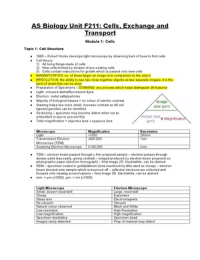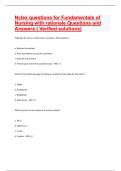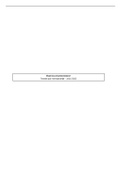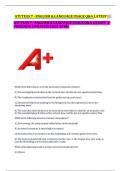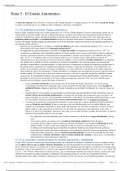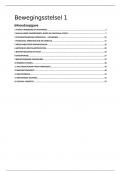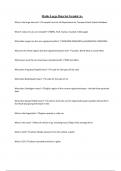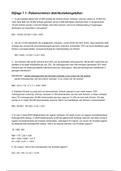Summary
Summary OCR Biology F211 WORD DOCUMENT
- Module
- Biology OCR F211
- Institution
- Solihull College
Notes made based on: CGP AS and A2 OCR Biology textbook OCR AS Biology Student Book OCR Specification Basically a condensed version of all of these cutting out the BS that's not needed; learn these by heart and do some past papers and that grade A/B is yours. I used these for the July 2015 Biolo...
[Show more]
